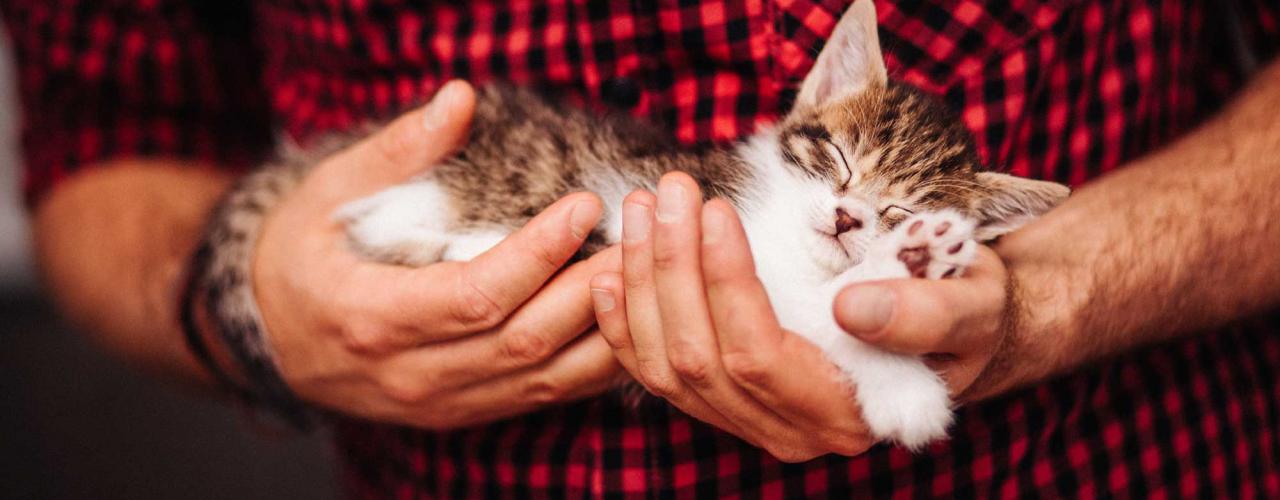



Chances are if you are in a relationship you may have been told the answer!
That aside what does domestication mean in behavioural terms? Can any animal be domesticated?
Easy part first. No, not all animals can be domesticated. Although for decades it was thought foxes could not be domesticated, a group of Russian researchers have now managed to breed tame foxes thorough selective breeding programmes: so never say never.
Generally, animals that have been domesticated share some common characteristics. A good starting point is a non-aggressive temperament (think, not striking Cobra). And it’s got to be possible to feed them. Animals with very specific dietary needs may be impossible to feed in captivity. Try keeping Krill eating whale for example. Your pet Blue whale can eat 3.5 tonnes of krill per day at some times of the year.
Animals that are more likely to be domesticated are naturally gregarious and hierarchical. This means they generally seek out company so are more inclined to explore interactions with other species. This contrasts to a solitary predator for example, where interactions with other species are usually limited to eating them! Great for survival, not great for company. Hierarchical animals are more inclined to obey instruction hence are better candidates for domestication. This is not an absolute as cats in the wild are only generally gregarious as kittens, and thus not hierarchical either, but can certainly be domesticated and trained (see the separate article on cat domestication).
They (obviously) need to be able to breed in captivity, and mature relatively quickly. If an animal takes 100 years to mature then genetic modification fundamental to domestication is very slow. Oh, and obligate migratory animals are really bad for domestication. Unless you are prepared to follow your pet Artic Turn about 70,000 km a year in a 747, or take a 10,000km jaunt annually in your yacht to pet Toby your Humpback whale. Interestingly there are 2 types of reindeer. One type is migratory, and not domesticated, whilst some non-migratory species have been successfully domesticated in Lapland.
Finally, and almost invariably there has to be some point to domesticating it. In other words, it has to have some attributes that are useful to humans. Whilst horses have a long history of domestication, the Zebra is viewed as un-rideable so domestication has not occurred.
So, what does domestication mean? We need to differentiate here between captive and domesticated. Many birds are captive not domesticated: often having been wild caught even though this practice has been generally illegal for decades. However, if you live for 100 years or more then you may well have been caught in the wild and caged. There are plenty of pet birds still alive, captured around the time of the world wars. Budgies are domesticated but many other bird species are only a few generations away from their wild ancestors so are essentially captive.
Domesticated animals, through close association with humans, have undergone selective breeding (deliberately or accidentally) to create animals that have physical and behavioural traits distinctly different to their wild counterparts. As noted in the article on dogs, wolves rarely bark and urine mark uncommonly, whilst almost invariably displaying predatory aggression. Domestic dogs are quite different in all those traits.
As animals become more closely associated with humans selective breeding occurs through design or default. The friendly dog stays with the humans whilst the more aggressive one is chased away. Humans would hold on to the cow producing the most milk, thus selecting for that trait.
So, there are two aspects to domestication. Firstly, an animal must have the attributes consistent with domestication, then generations of selective breeding create an animal suited to its domestic role. The aim is to enhance, or inhibit particular characteristics, not create them. For example, people may select for a high milk producing cow, not attempt to produce a milk yielding duck.